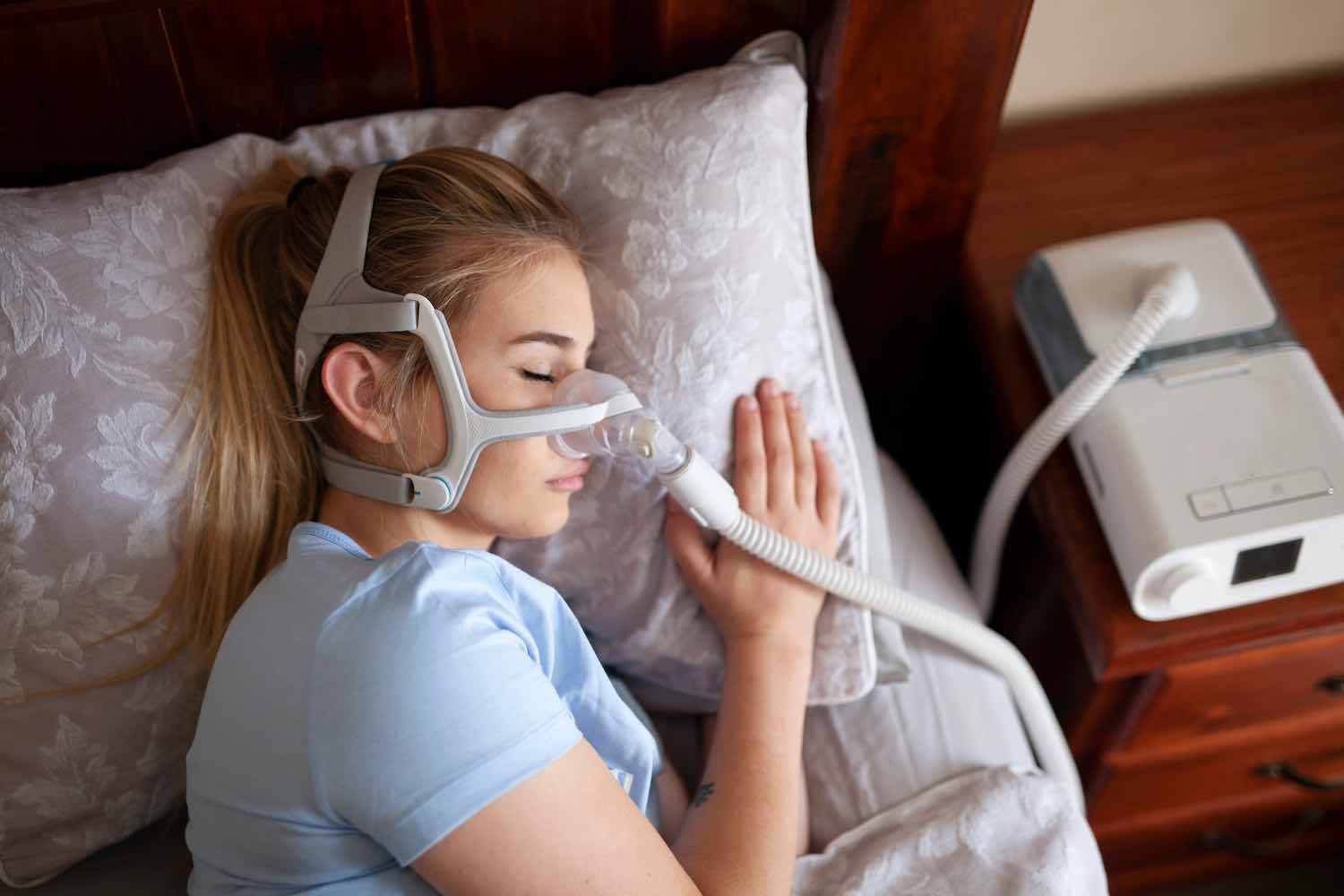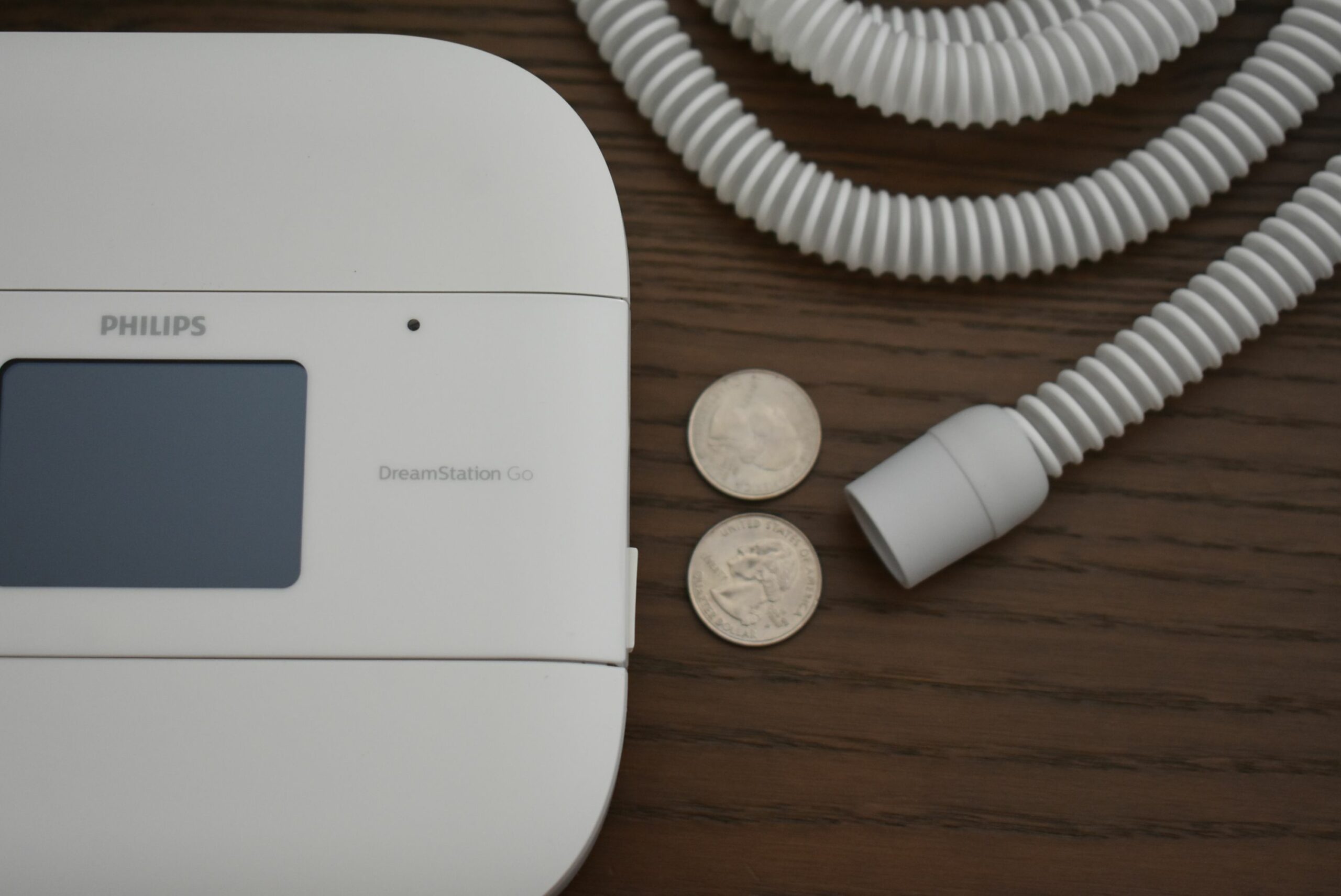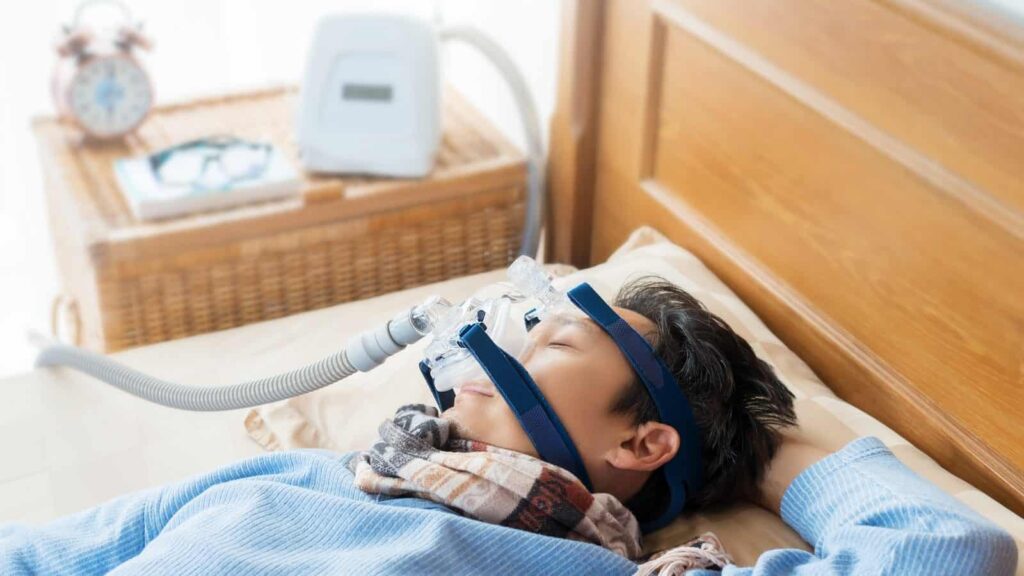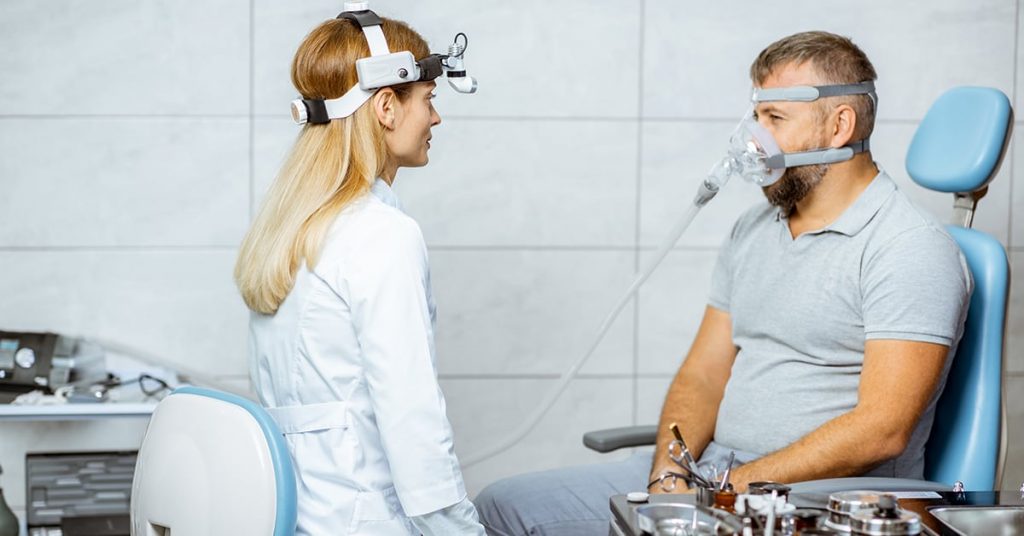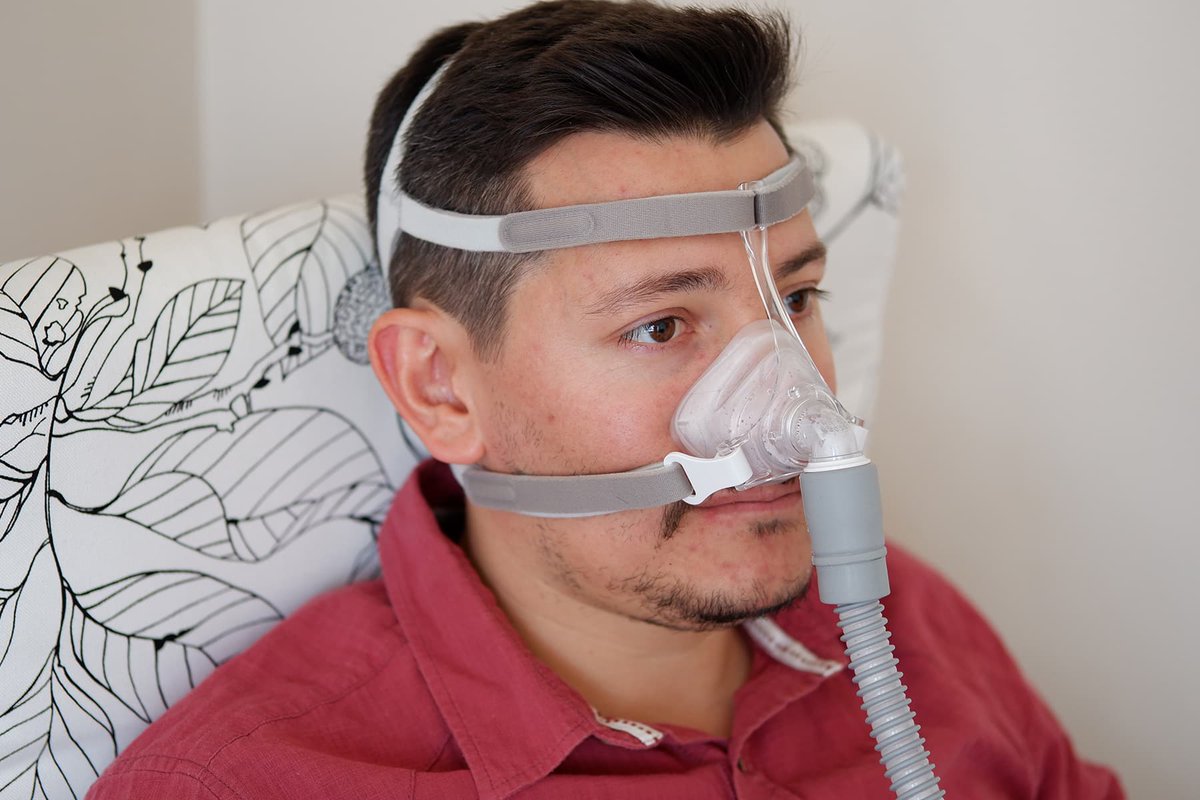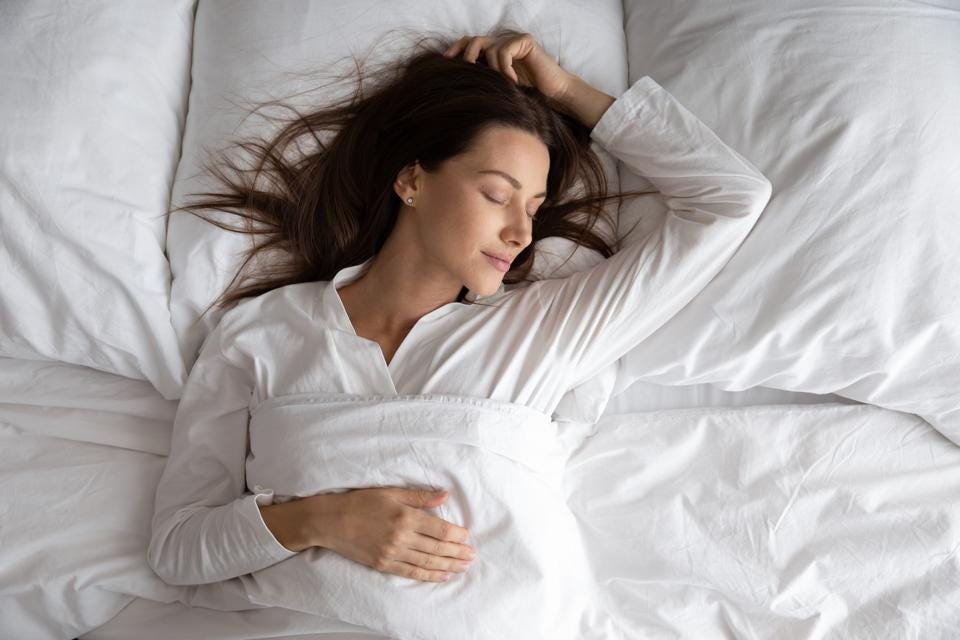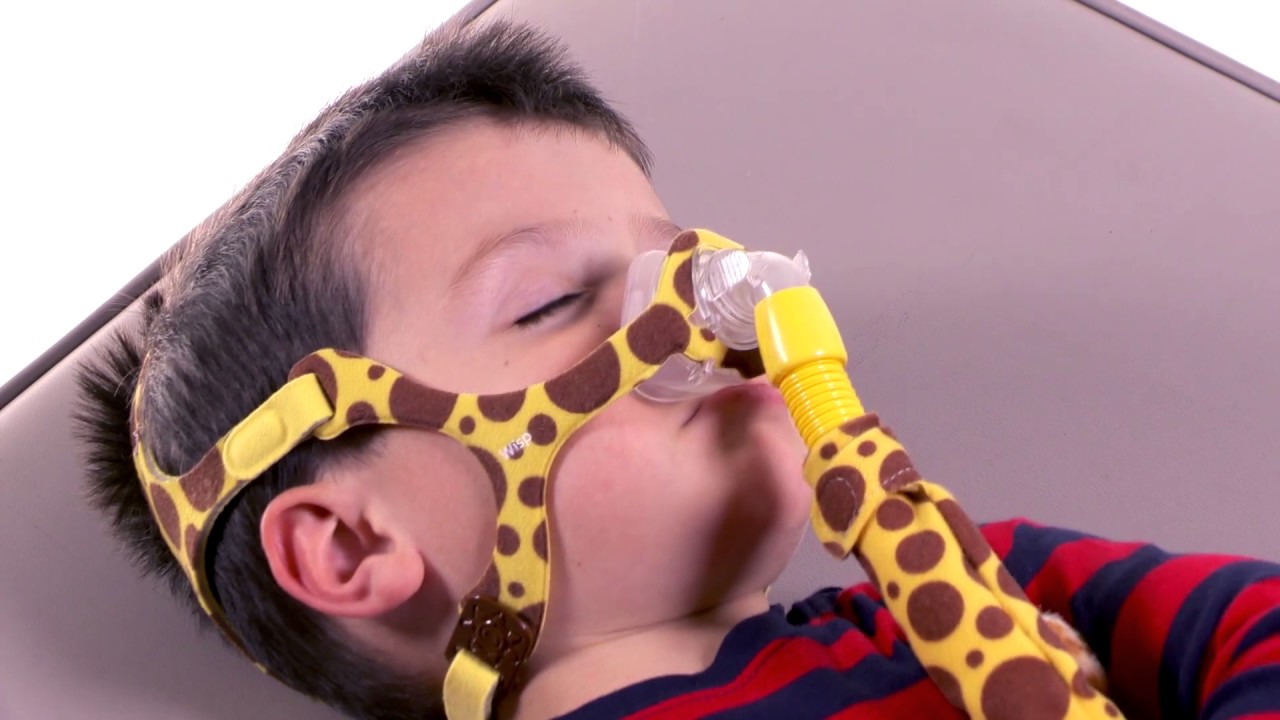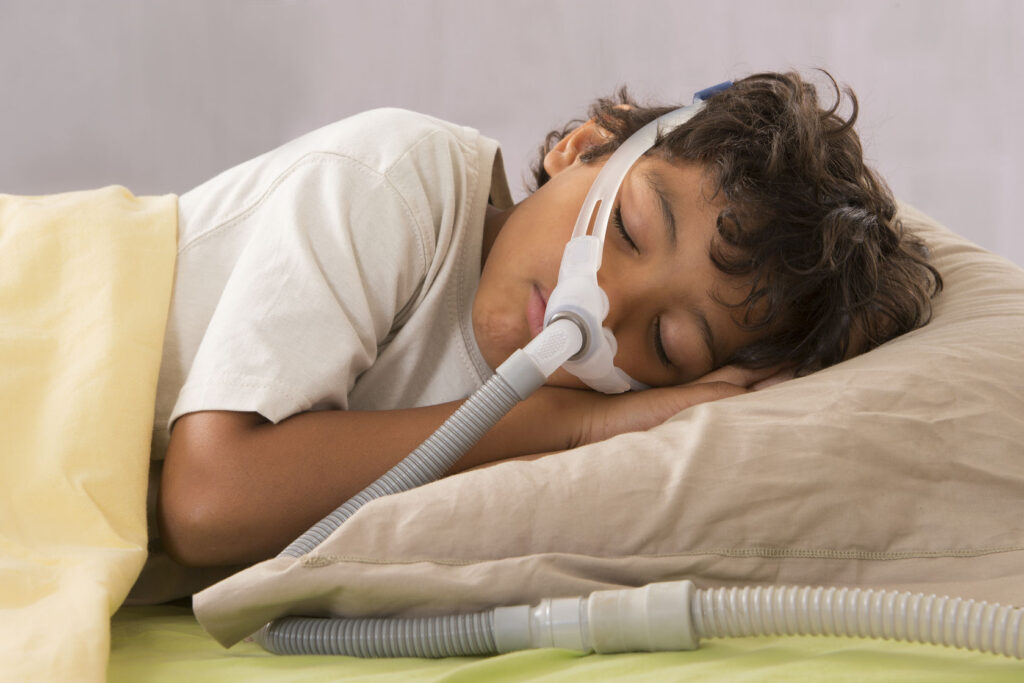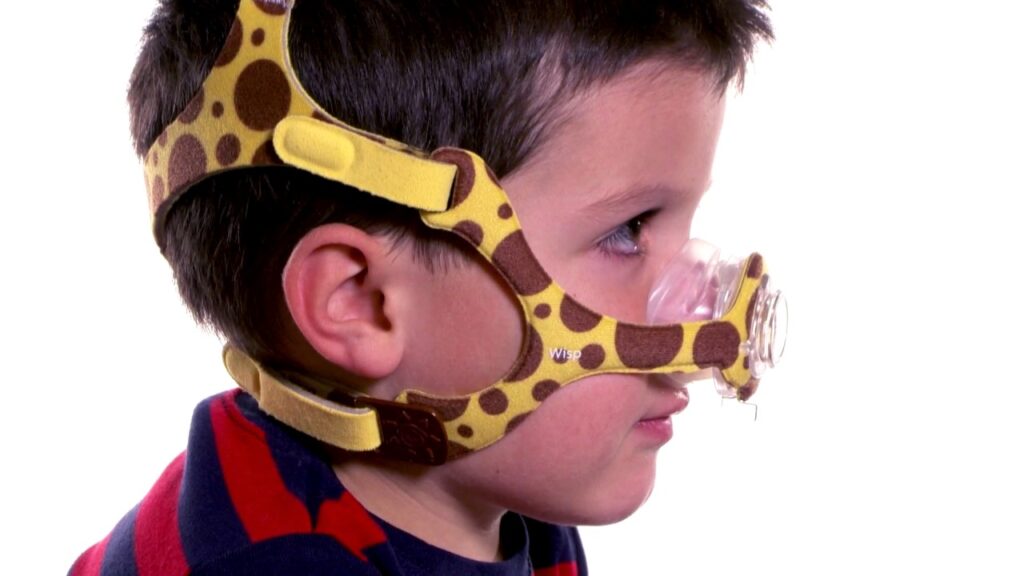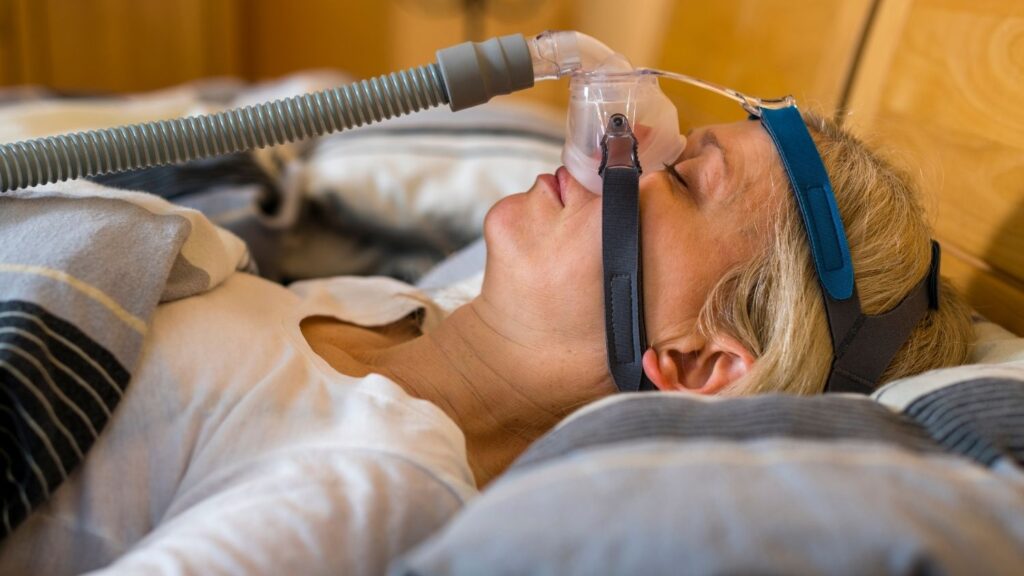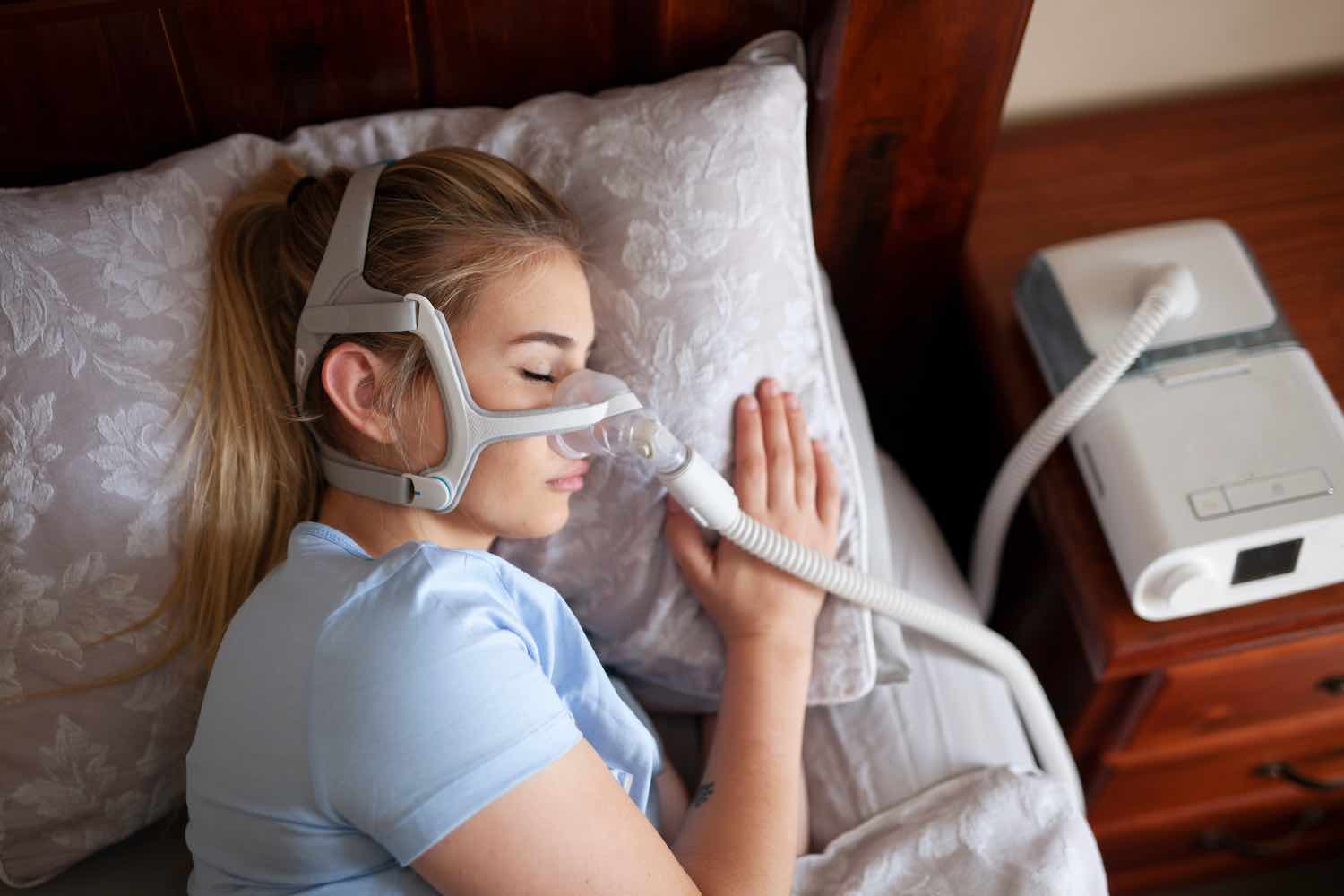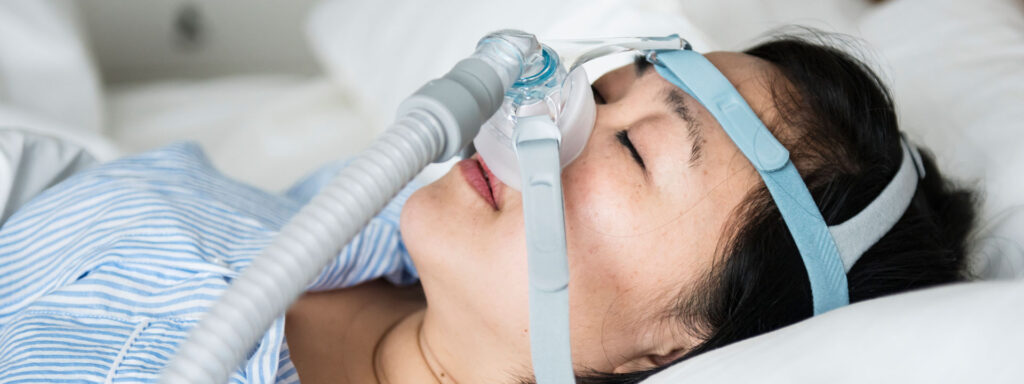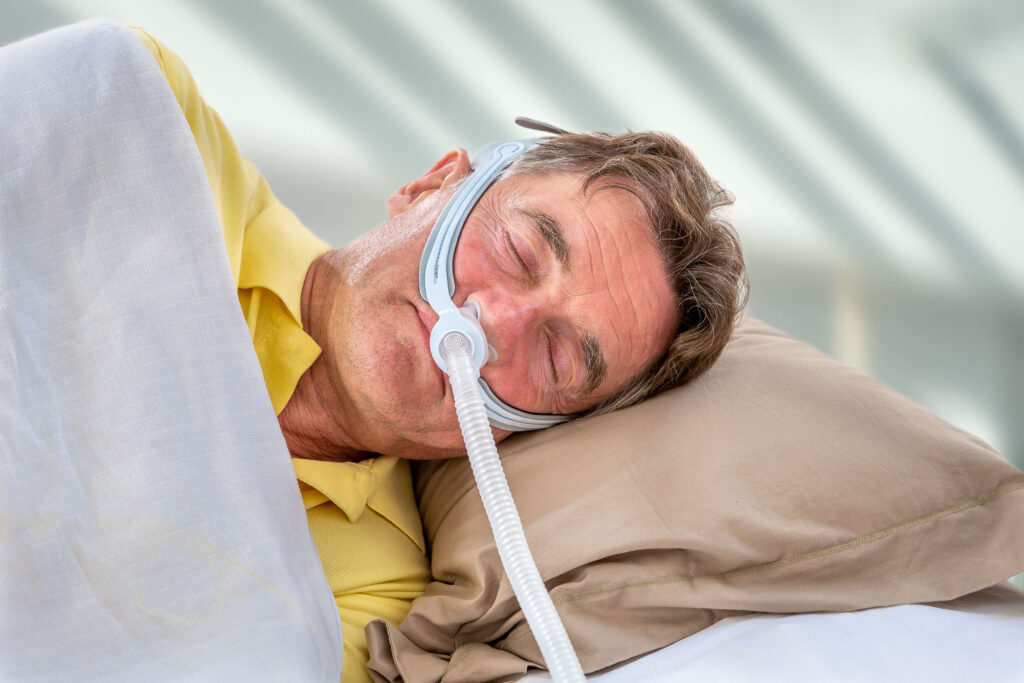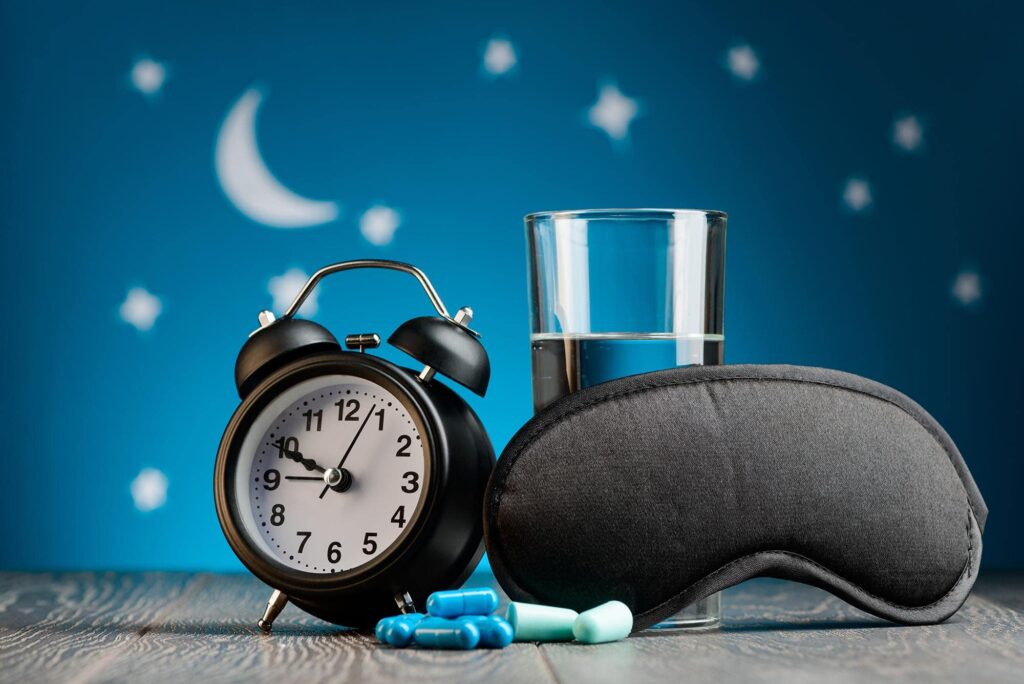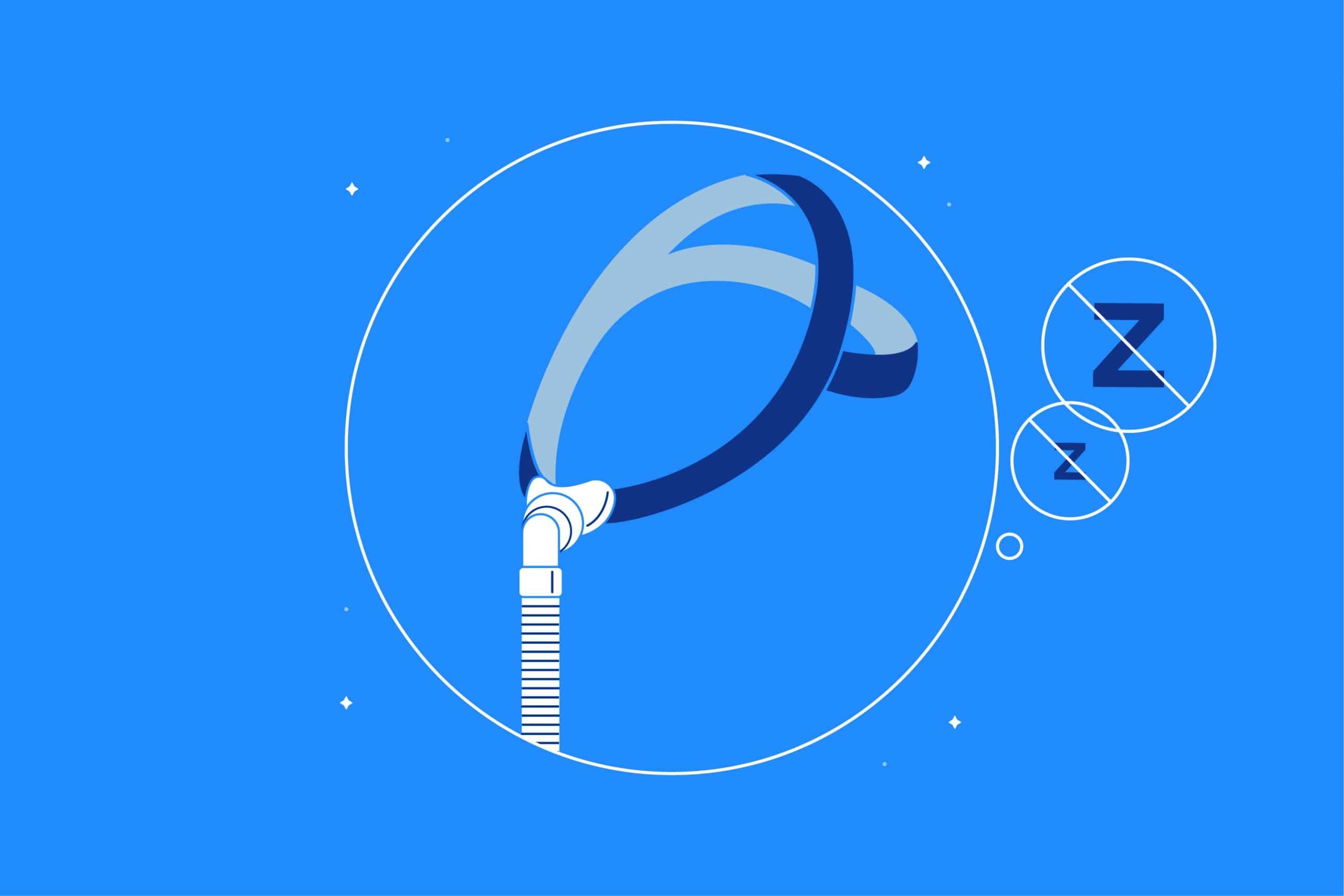A CPAP machine might be difficult to adjust to at first. Each person’s sleep apnea therapy is different. Don’t give up; utilizing your new smartphone will become simpler and have numerous advantages. It will become easier as you grow used to using your CPAP equipment, so just be patient. Remember that getting treatment for your sleep apnea is vital for your physical and emotional health in addition to helping you get a decent night’s sleep.
How to Improve the Comfort of Your CPAP Machine
Research CPAP machine evaluations
There are several CPAP machine manufacturers. Every CPAP model has a unique feel, style, and set of features. Learn more DIY comfort of your CPAP machine. One can be your preference over the other. Consider what characteristics are crucial to you and look up some reviews.
Related: Harness these effective tips to alleviate your CPAP machine problems
Some CPAP devices have exceptionally quiet engines, so you and your spouse won’t be bothered by them. Decibel ratings for CPAP noise levels are important to take into account while choosing an alternative. A whisper is around 30 dB loud.
Consider utilizing a CPAP with a humidifier if the air going through your machine is dry or too dry, since this will boost comfort. The air may be kept warm by using a heated hose in conjunction with your CPAP machine.
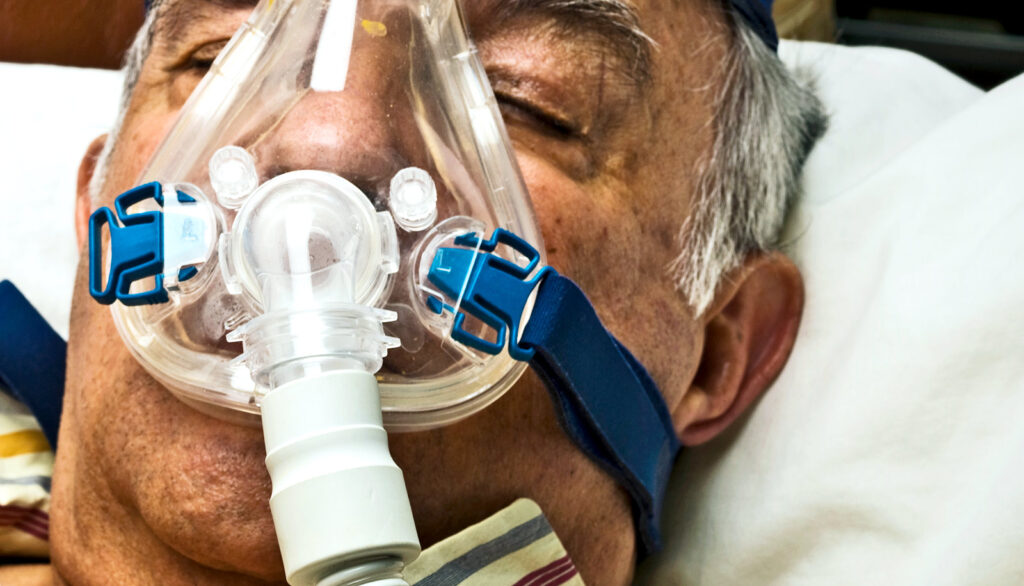
Consider purchasing a CPAP with an auto ramp option if the pressure settings on your current CPAP are too high. This will gradually increase the pressure you experience over time until it reaches the settings you were given to help you fall asleep. To aid with sleep maintenance, some additionally automatically change the pressure with each breath.
Exhaling against the CPAP’s pressure is one of the most frequent CPAP user concerns. Expiratory pressure release (EPR) or FLEX features are provided by certain manufacturers. As a result, the machine may lessen the pressure during the patient’s exhalation, making it more bearable.
Examine Your Masking Options
Full face, nasal, and pillows CPAP masks are the three primary types.
You mouth breathe, don’t you? Perhaps the best choice would be a complete face mask?
If you suffer from extreme claustrophobia, you may want to consider a mask that makes little contact with your face and has an open field of view.
Do you prefer to read or watch TV before going to bed? Do you use glasses?
How To Use Your CPAP Machine To Sleep Faster
Practice Makes Perfect
Never give up. It will become less difficult to use your CPAP mask after a few practice sessions. By following your sleep apnea treatment plan, you’ll quickly master the method.
To become acclimated to your CPAP machine, wear it the night before you want to use it. While you read or watch TV, wear it. Additionally, use it constantly when traveling and taking naps.
You may progressively get used to your CPAP machine by using it for greater lengths of time each night before bed as part of the CPAP desensitization process. Prior to going to bed, use for 15 minutes at first, then 30 minutes.
Ensure you are using the appropriate CPAP machine.
CPAP masks come in a variety of styles to better suit the requirements of various sleep apnea sufferers. Think carefully on the sort of mask that will suit you the best.
You’ll need a complete face mask to cover your mouth and nose if you breathe through your mouth.
But if you want to breathe via your nose, you may use a pillow nasal mask or nasal mask with much smaller surface area. However, when they can’t breathe through their nose, those who are prone to congestion and allergies will need to wear a complete face mask.
Your mask may be made more comfortable by adding CPAP mask liners, moisturizers, straps, and headgear.
You also need a CPAP mask that fits you properly. Your skin may feel too much pressure if your mask is too tight, and if it’s too wide, it might easily fall off as you sleep.
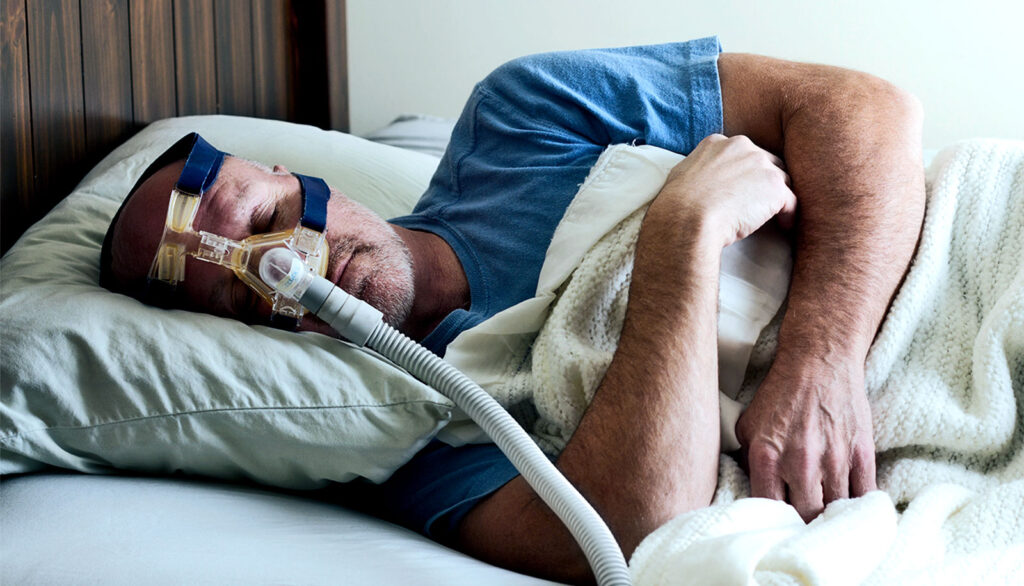
Make Your Bedroom More Comfortable
Make sure your bedroom is a beautiful, comfy place to sleep.
Your bedroom should be quiet, cool, and distraction-free.
Quiet also implies free from distractions.
Put away devices around 30 minutes before bed since using a phone or computer screen might keep you awake. However, watching TV before bed is OK.
Use a fan to make your night more comfortable if your room is too hot or too silent.
Keep your space tidy and free of clutter. You may feel stressed out and awakened by messes.
Ensure that your bedding is cozy. Do you have a comfortable, supporting pillow? Is your bed sagging? Do you feel toasty under your blanket? If there is anything about your bed that bothers you, repair it.
Modify Your Lifestyle to Promote Sleep
You may make a few easy everyday adjustments to make it simpler to fall asleep at night. You may, for instance:
- Avoid coffee and other stimulants that can keep you awake in the hours before bed.
- 2 to 3 hours before night, stay away from alcoholic drinks.
- A few times a week, work out for around 30 minutes, but make sure you do it at least three hours before bed.
- To avoid heartburn and stomach cramps, avoid eating two hours before to going to bed.
Wind down before bed
Spend some time relaxing. It might be challenging to proactively finish your night and attempt to go asleep immediately. You may unwind by doing anything you find to be calming, such as reading a book, watching TV, or practicing meditation. About two hours before bedtime, begin to unwind.
Before going to bed, stay away from emotional or unpleasant subjects. Your body may produce the alerting stress hormone cortisol while you are under stress.
Maintain A Clean CPAP
Dust, skin cells, allergies, odors, germs, and more may accumulate since your CPAP mask contacts your skin and your air flows through the parts. With new and clean CPAP supplies, you could sleep better. Additionally, having clean CPAP equipment will make it last longer and keep you healthy.
Once a week, wash your CPAP equipment by hand in warm soapy water. Once dried, hang them up. OR you may expedite the procedure by sanitizing your belongings in as little as five minutes with a CPAP cleaner like the Lumin.


